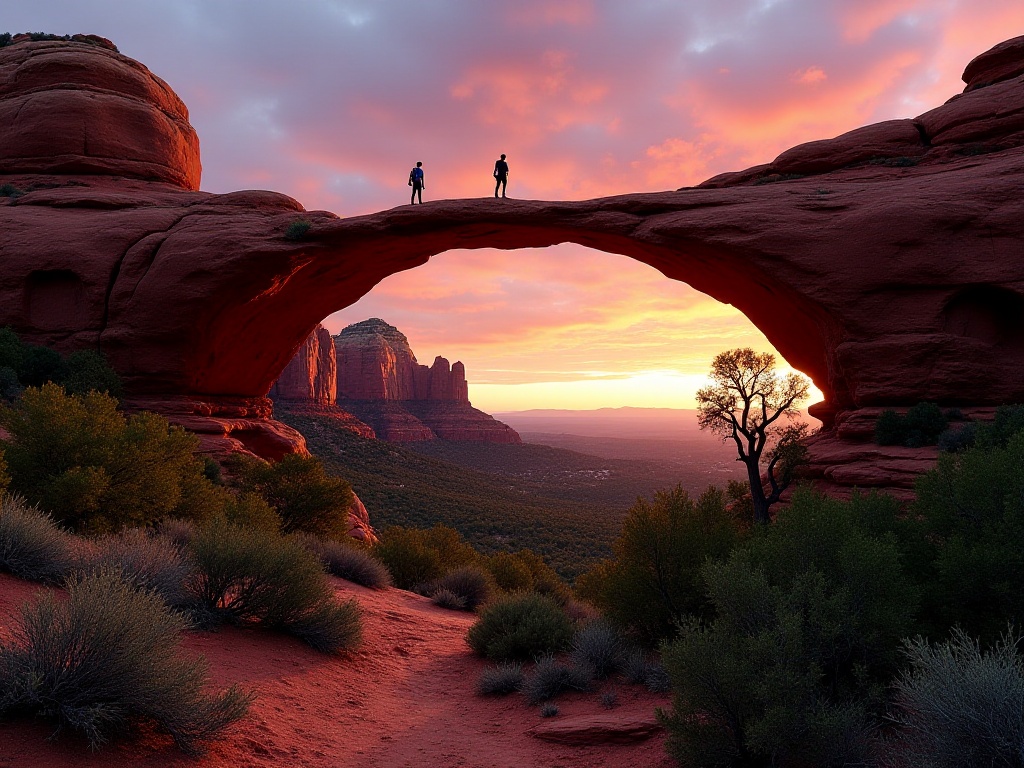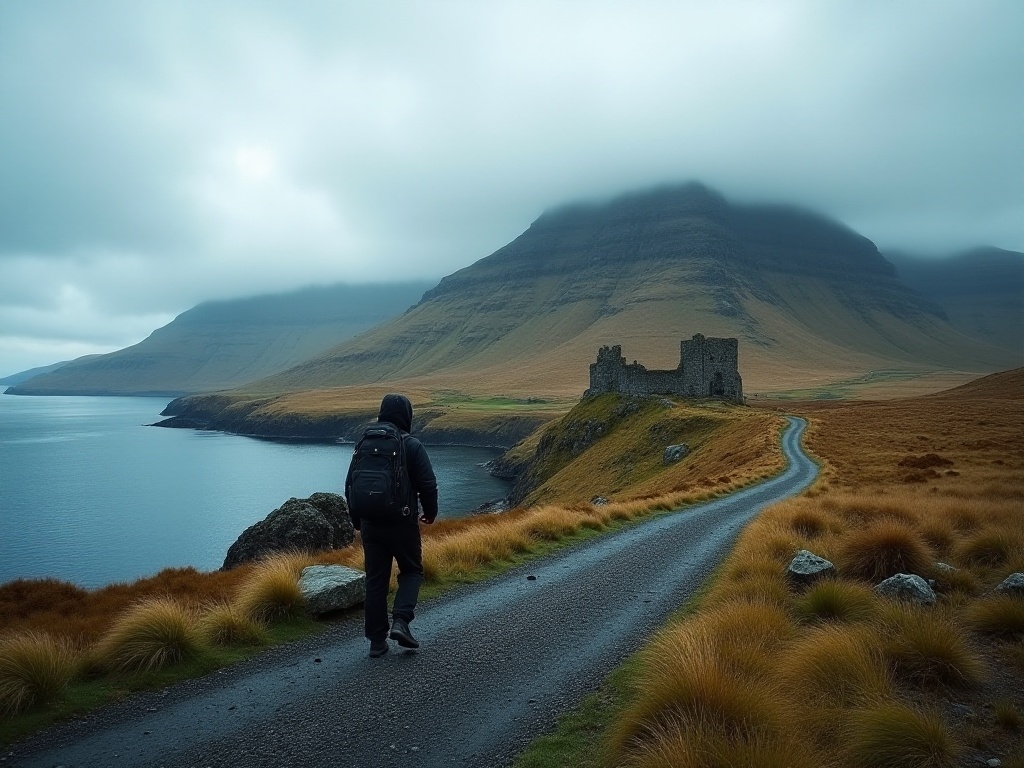Route Overview
From the moment I first set foot on the Great Himalaya Trail, I was deeply captivated by this epic trekking route spanning over 4,500 kilometers. This trail, known as the "Skyline on the Roof of the World," crosses the entirety of Nepal from Kanchenjunga in the east to Humla in the west. Can you imagine? This route connects six of the world's eight highest peaks.
As a trekker who has walked trails around the world, I must say the Great Himalaya Trail is the most challenging and memorable. What makes this trail unique is that it's not just a single path, but a network of interconnected trails. Based on my experience, completing the entire route takes at least 120 days, and that's under ideal weather conditions.
Geographical Features
From a geographical perspective, the terrain changes along the Great Himalaya Trail are breathtaking. The elevation ranges from 870 meters in the valleys to 5,300 meters at its highest point. I remember when crossing the Langtang Valley, I experienced three completely different ecosystems in a single day: subtropical rainforest, temperate forest, and alpine meadows.
The trail can be divided into high and low routes: - The high route averages between 3,000-5,000 meters, crossing alpine meadows and glacier zones - The low route runs between 1,500-3,000 meters, passing through villages and forest areas
I suggest choosing a route based on your physical condition. If you're an experienced trekker like me, the high route will offer more spectacular views; if you're a beginner, the low route is better for gradually adapting to the high-altitude environment.
Seasonal Choices
In my years of trekking experience, I've found that choosing the right season is crucial. The best time for trekking the Great Himalaya Trail is between October and May of the following year. Let me explain the characteristics of each season in detail:
Spring (March-May): - Average temperature 15-20°C - Rhododendrons in bloom, richest vegetation - Moderate visibility, good for photography - Occasional showers, usually in the afternoon
Fall (October-November): - Average temperature 10-15°C - Highest number of clear days, best visibility - Fresh air, open views - More tourists, accommodation needs advance booking
I personally most recommend starting in early October. The weather is clear then, visibility is high, temperatures are moderate, and you can enjoy the mountain slopes covered in red autumn leaves. Last October, I captured stunning sunrise views at the Annapurna Base Camp at 4,000 meters.
Cultural Experience
What fascinates me most about the Great Himalaya Trail, besides the magnificent natural scenery, is the rich cultural experience along the way. The route passes through 36 different ethnic regions in Nepal, each with its unique cultural characteristics.
In the Solukhumbu region, I was fortunate to participate in the local Losar festival. In the early morning, I was awakened by temple bells and saw lamas in traditional dress performing solemn religious dances. Local residents invited me to taste their traditional foods:
- Butter tea: Made from yak milk, rich in calories
- Tsampa: Traditional staple made from barley flour mixed with butter tea
- Dal Bhat: Nepal's national dish consisting of lentils, rice, and curry
While crossing the Kali Gandaki Valley, I met many local porters carrying heavy loads. They told me this ancient trade route has existed for thousands of years and is an important commercial pathway connecting Tibet and Nepal. Through conversations with them, I gained deep insights into local lifestyles and historical connections.
Equipment Recommendations
Based on my multiple trekking experiences, I've compiled a list of essential equipment. First, let's talk about clothing:
Seasonal equipment recommendations: - Insulation layer: Down jacket (800+ fill power), fleece - Windproof layer: Gore-Tex waterproof jacket and pants - Base layer: Quick-dry underwear, hiking socks (recommend 4-5 sets for rotation) - Sun protection: Sun hat, sunscreen (SPF50+), sunglasses
Technical equipment: - Trekking poles: Reduce knee strain - Sleeping bag: Rated below -10°C - Headlamp: Spare batteries essential - GPS device: Recommend carrying backup batteries - First aid kit: High-altitude medications essential
Altitude Adaptation
Speaking of altitude sickness, this is an issue every trekker needs to take seriously. From my experience, a scientific adaptation process is key to successful trekking. Here are some practical suggestions I've summarized:
Adaptation period arrangement: - Days 1-2: Adapt in Kathmandu (1,400m) - Days 3-4: Move to areas at 2,000-2,500m - Days 5-7: Gradually increase to above 3,000m - Subsequent itinerary: Daily ascent not exceeding 500m
During my 2023 trek, I saw many trekkers who had to abandon their journey midway due to rushing. Remember, no one can fight against altitude sickness; gradual progression is the correct approach.
Cost Budget
Many people are concerned about trekking costs. Based on my personal experience in 2023, the expenses for a complete 120-day trek break down like this:
Basic costs (USD): - Visa fee: $30/month - Trekking permit: $50/each - Guide fee: $25-30/day - Porter: $20-25/day - Accommodation: $10-15/night - Meals: $15-20/day
Additional expenses: - Equipment rental: Varies based on specific needs - Transportation: About $500 (including domestic flights) - Insurance: About $300 (including high-altitude rescue)
Route Planning
Based on my experience, dividing the entire route into sections is most practical. Here's my recommended sectioning:
Eastern Section (about 40 days): - Start: Kanchenjunga - Via: Makalu Base Camp - End: Namche
Middle Section (about 45 days): - Start: Namche - Via: Annapurna Circuit - End: Dulicot
Western Section (about 35 days): - Start: Dulicot - Via: Humla - End: Simikot
Conclusion
The Great Himalaya Trail is not just a trekking route; it's a profound journey through nature and culture. Here, you can experience the magnificent presence of the world's highest peaks, immerse yourself in millennia of civilization, and meet trekkers from around the world.
Are you ready to embrace this epic trekking challenge? If you have any specific questions about the Great Himalaya Trail, feel free to discuss them with me. After all, sharing experiences and helping others is an essential part of the trekking spirit.







